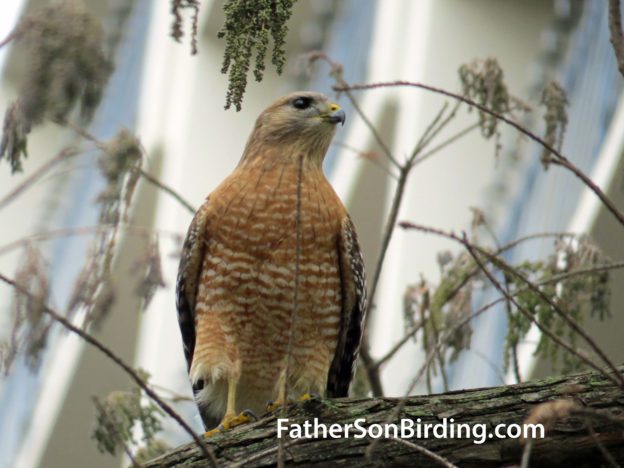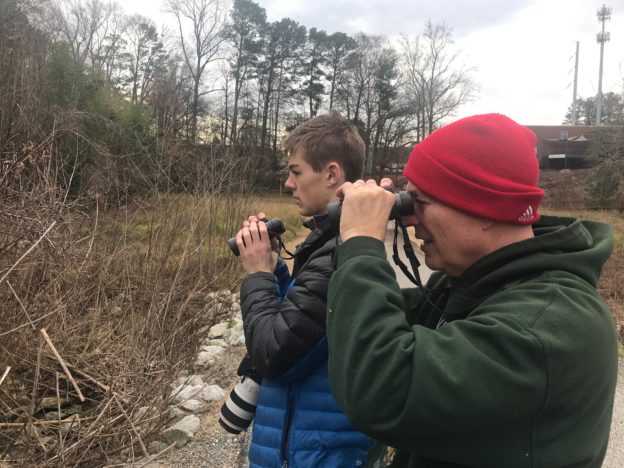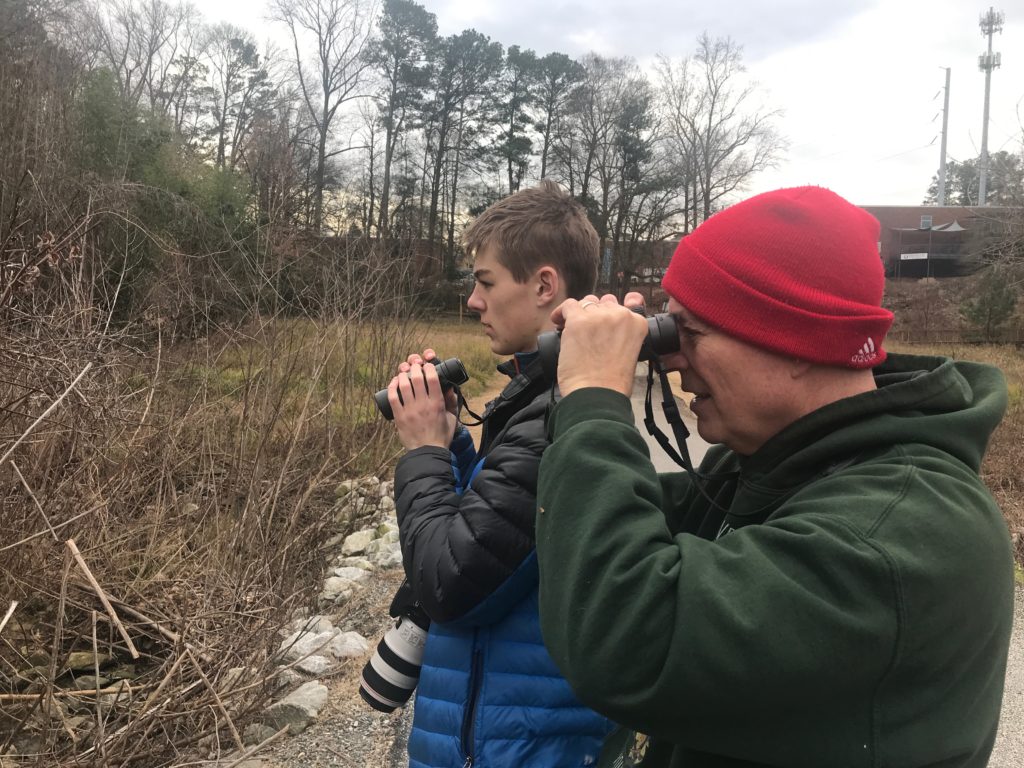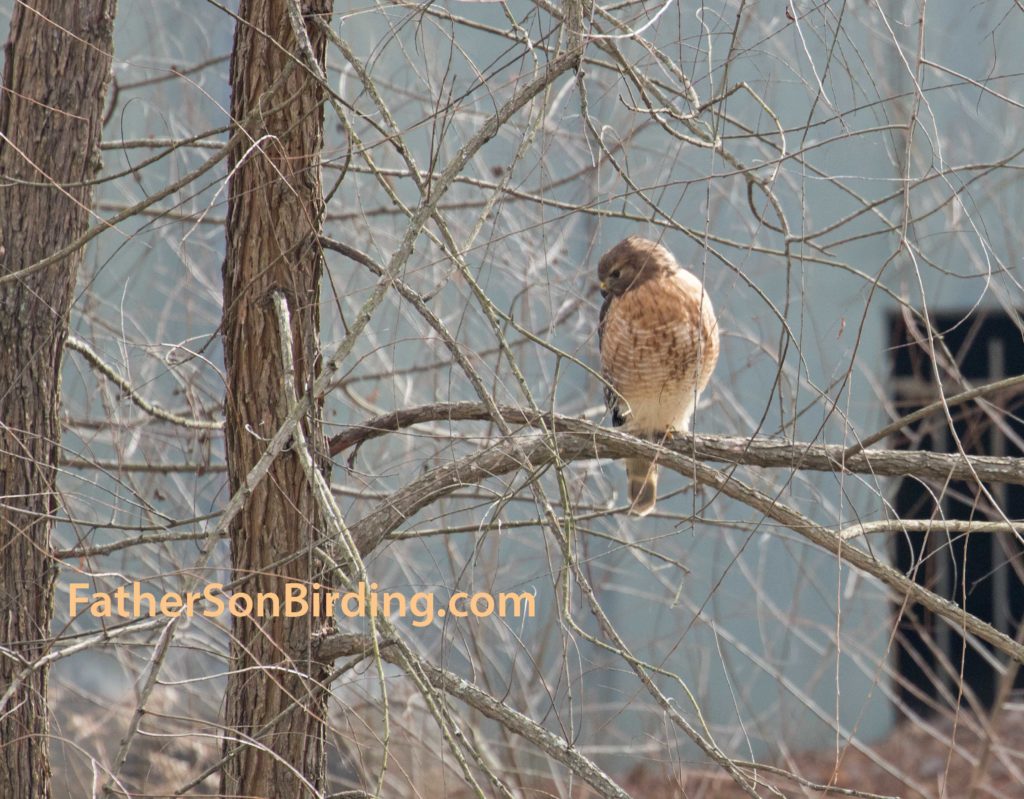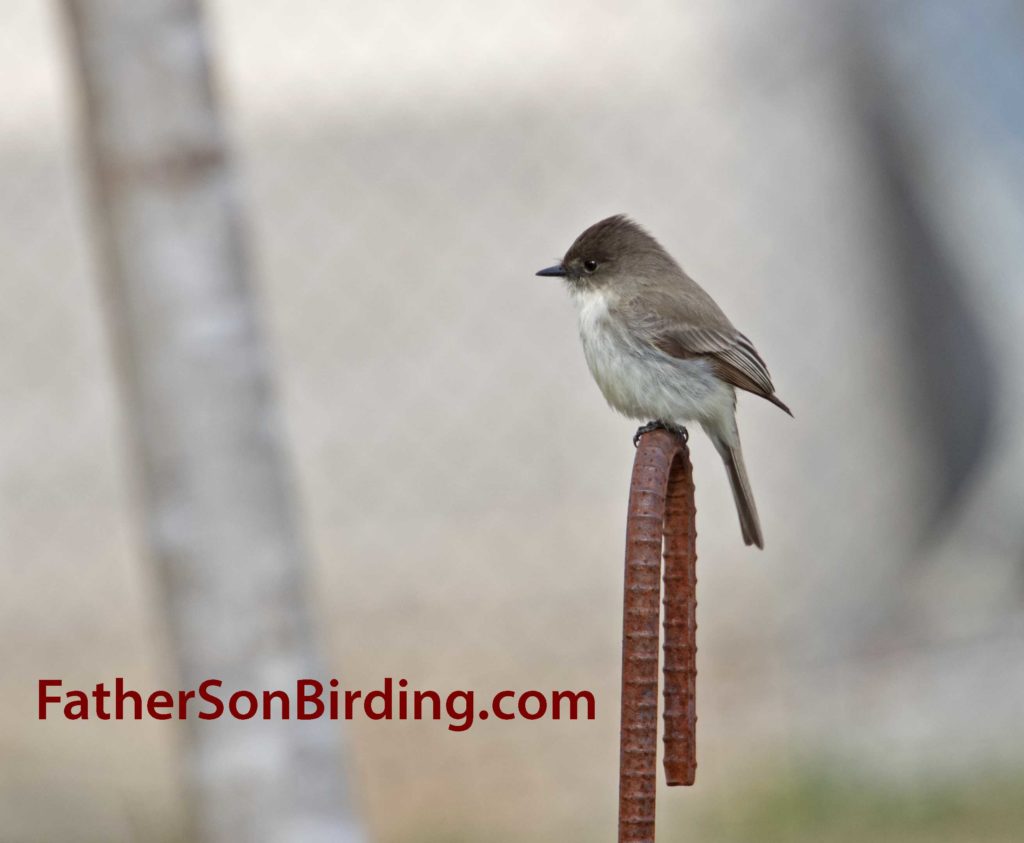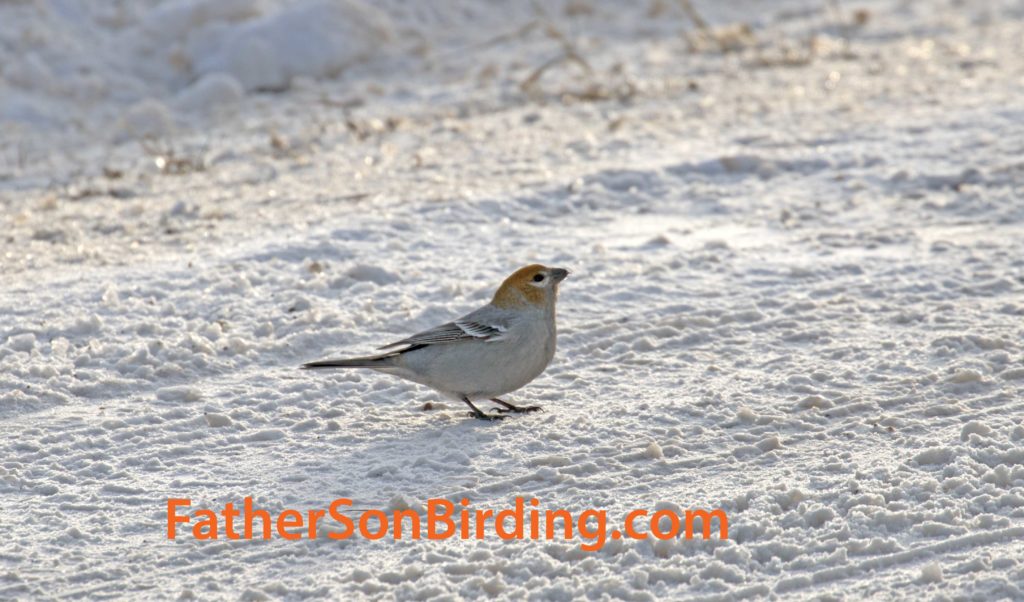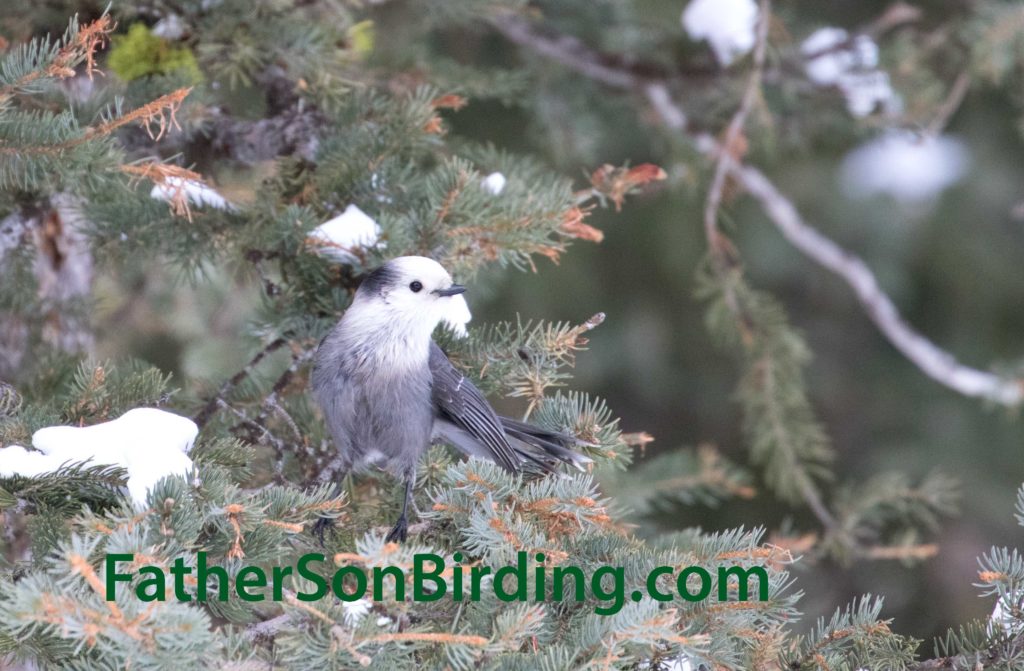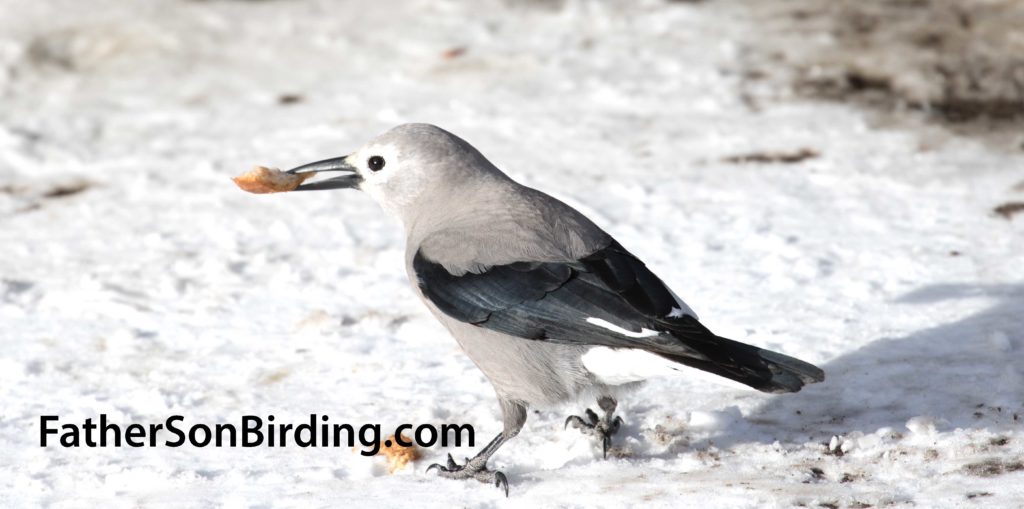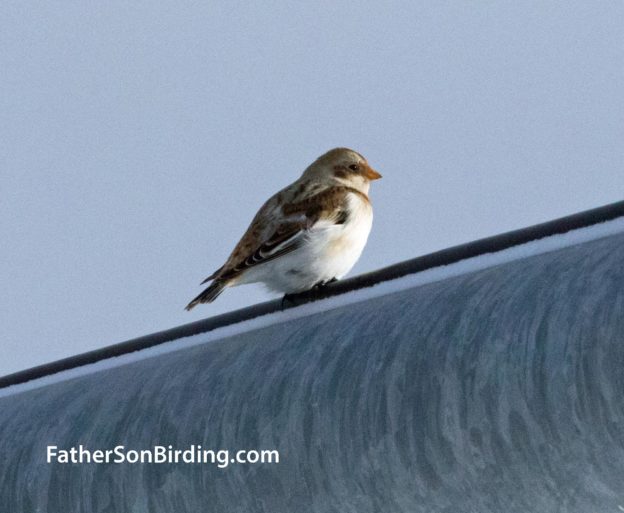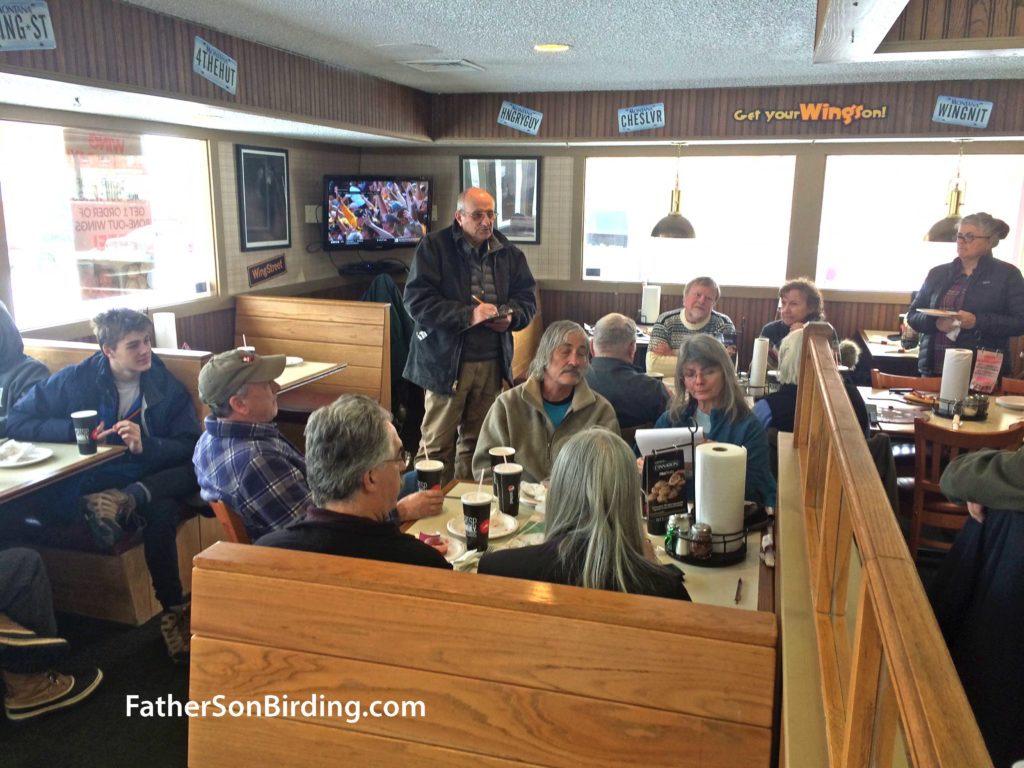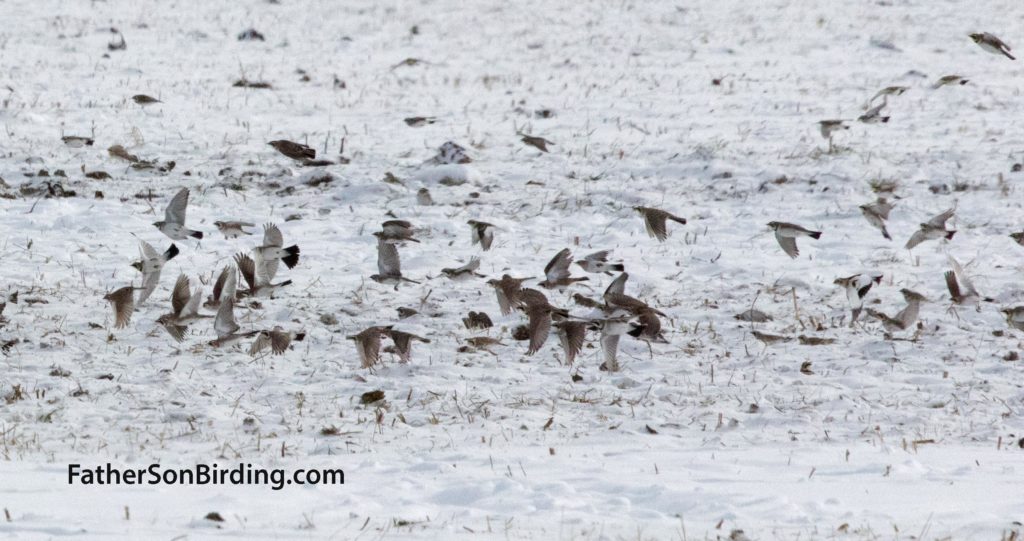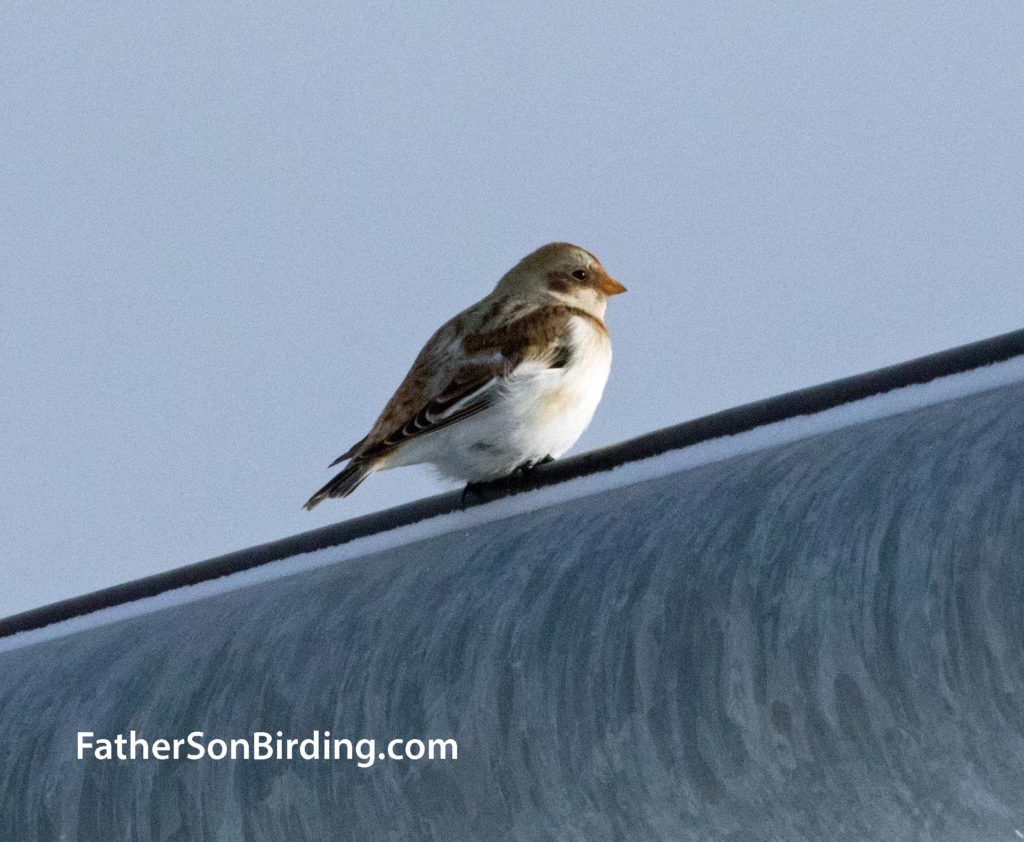To Subscribe to FatherSonBirding—and nothing else—please fill in your email address in the box down in the column to your right. Thanks!
If you’ve ever visited the downtown River Walk area of San Antonio, you’d be forgiven if you viewed it as less than a premier birding destination. Grackles, starlings, pigeons, and freakazoid hybrid ducks that grew up too close to Chernobyl overrun the place. Still, as a birder, I felt obligated to give it a legitimate chance, so on my work trip last weekend, I determined to explore the River Walk’s distant outposts.
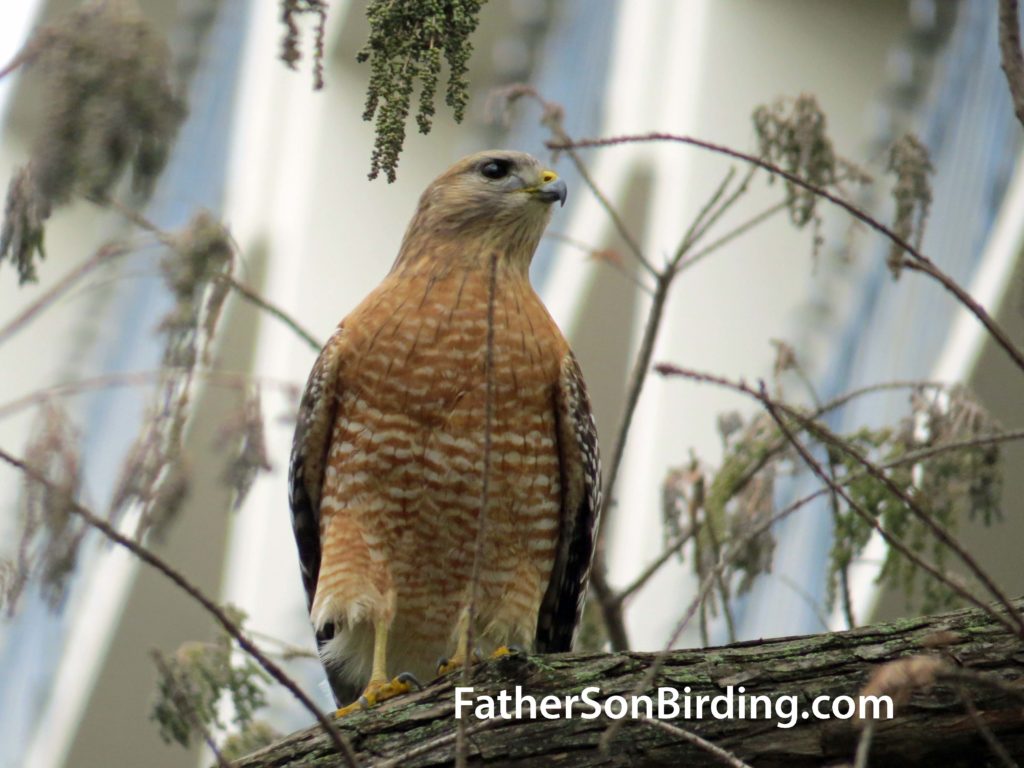
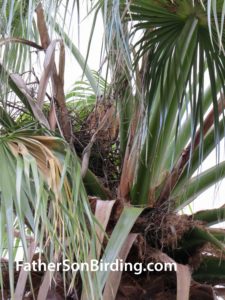
Day 1: Even before leaving the main tequila-drenched tourist loop, I caught a surprising shape flashing above the river and landing in a nearby tree. I hurried to the top of a bridge for a closer look and, sure enough, IDed a Red-shouldered Hawk surveying potential prey (tourists?) below. Its mate soon swooped by and I located their nest in a tall palm near the junction of Commerce Street. “Whoa! Good start,” I thought to myself, but more surprises awaited me.
In the nearby Villita market area, I picked up Blue Jays, White-winged Doves, mockingbirds, and an unanticipated Orange-crowned Warbler diving into a drainage grate. Then, joining the main river, I began working my way downstream to meet a trio of Double-crested Cormorants near a small dam. “What the heck are they doing here?” I asked, astonished—but then found seven Neotropic Cormorants nearby! Before hurrying back to my conference, I rounded out my three-mile expedition by picking up Yellow-rumped Warblers, Ruby-crowned Kinglets, Northern Cardinals and my biggest prize of the day, a Lincoln’s Sparrow co-mingling with some House Sparrow hoi polloi.
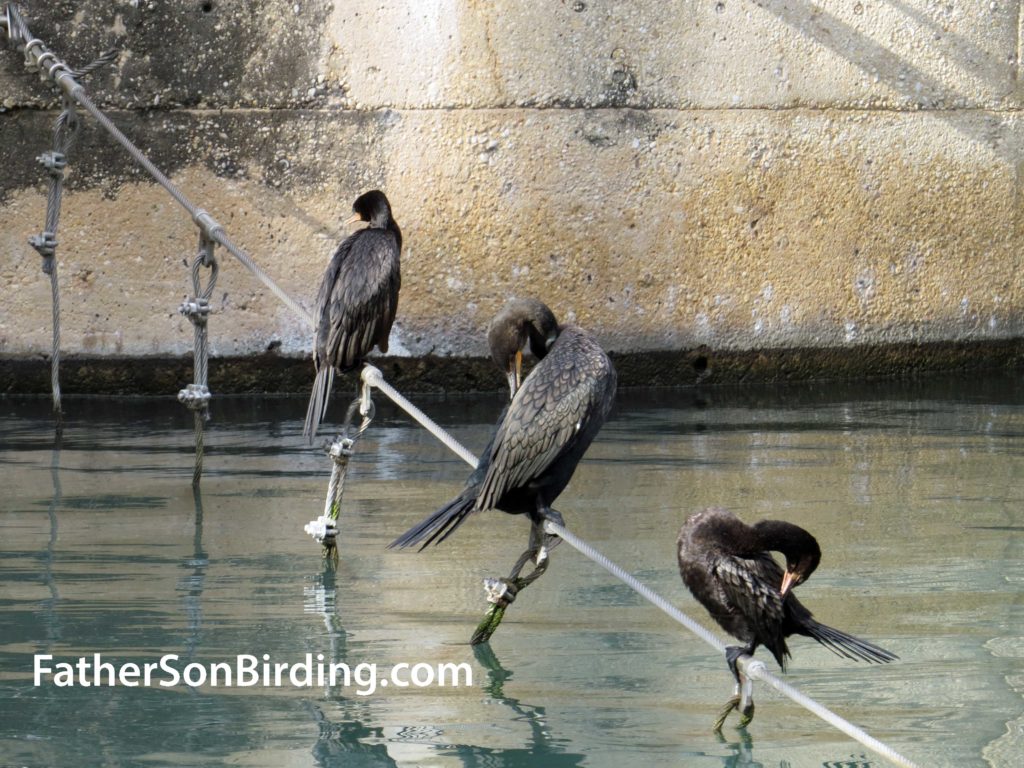
Day 2: After delivering a keynote address at the wonderful TCTELA conference, I had nervous energy to burn so decided to skip lunch and head directly upstream. As on the previous day, the farther I got from downtown, the better the habitat, and the better the birds. I saw some of the same species as the day before, but was delighted to flush six Inca Doves and a Yellow-rumped on the grounds of the San Antonio Museum of Art while two Black Vultures circled overhead.
I hadn’t intended to hike all the way to Brackenridge Park (about three miles each way), but am glad I did. In oaks along the trail, a Rufous Hummingbird landed next to me and I spotted an elusive songbird of some sort moving through the trees. I spent five minutes trying to get a clear view, and then . . . Blue-headed Vireo! Only my second one ever! In the marsh at the south end of Brackenridge, I added a lone Egyptian Goose, an Eastern Phoebe, and a Great Egret to my growing list. Then, I saw a startling splash of red fly to a nearby branch. Vermillion Flycatcher!

The lesson? Once again, that birding never fails to surprise and please, and can turn any trip into an adventure. After returning to the main tourist area, I decided to reward myself for my exploits with cheese enchiladas and a Corona, all the while gazing up at the flights of grackles and starlings above me.
Up next: my report on my first Uber ride and San Antonio’s Botanical Gardens—if Braden doesn’t come up with something even better!

